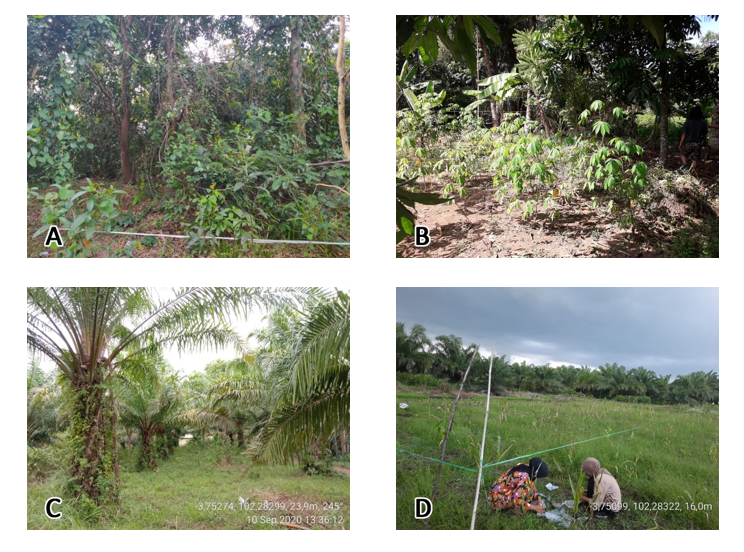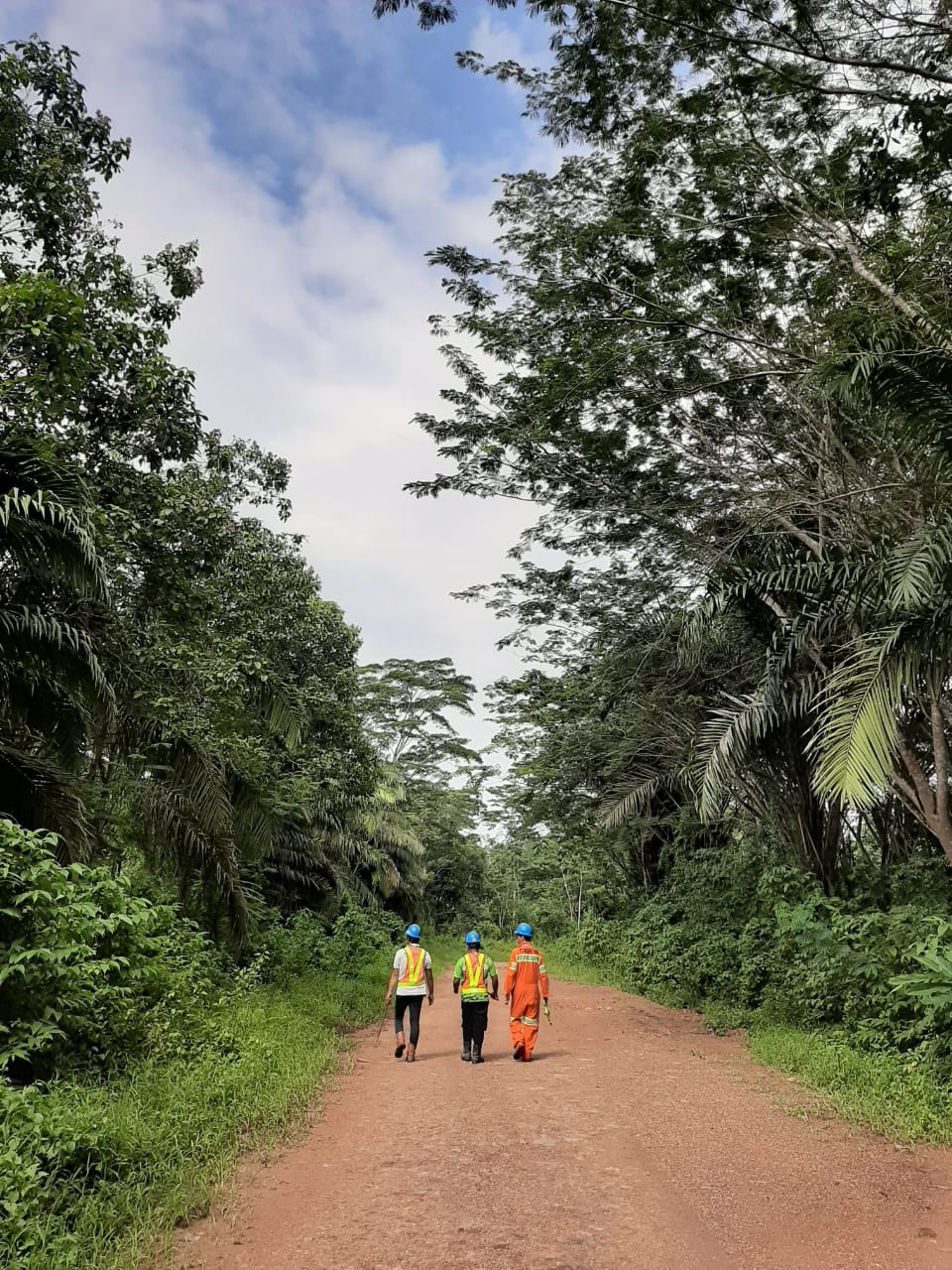Abstract
The accurate estimation of above ground biomass in the natural forests of Papua New Guinea is a key component for the successful implementation of the REDD policy in the country. Biomass densities in a lowland rainforest site located at the northeast of the country were differentiated with Landsat digital images throughout normalized difference vegetation index (NDVI). Submaps of 4,377.69 ha of bands 3 and 4 were georeferenced with affine transformation and a RMSE of 0.529. The calculated NDVI map was sliced to separate its pixel values into 5 classes as they are distributed in the histogram with the assistance of ground truth points. The method is simple, fast and reliable, however swampy palm forest could not be discriminated from dense forests; and different bare land types had to be grouped into a single major class. Therefore other vegetation indexes and/or band ratios are recommended to be tested using images of higher spatial resolution to accurately differentiate more classes.




